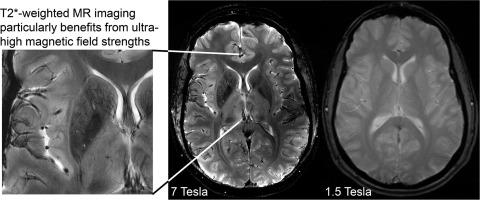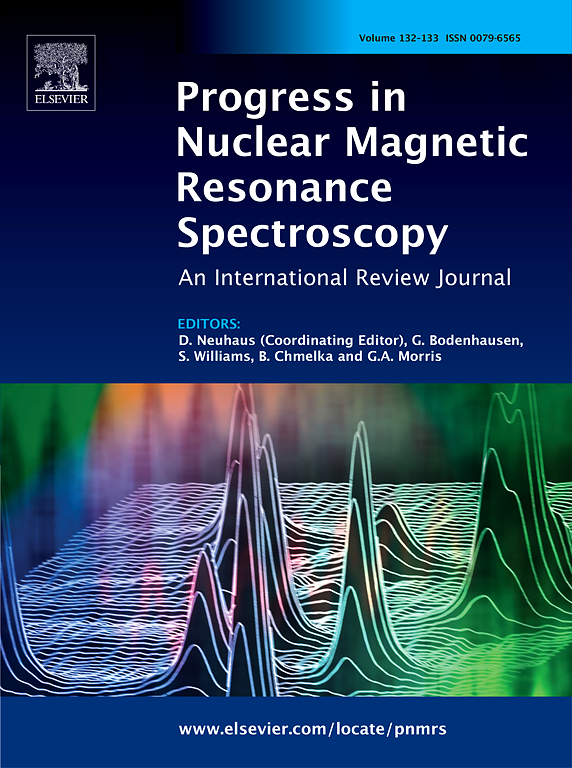Pros and cons of ultra-high-field MRI/MRS for human application
Abstract
Magnetic resonance imaging and spectroscopic techniques are widely used in humans both for clinical diagnostic applications and in basic research areas such as cognitive neuroimaging. In recent years, new human MR systems have become available operating at static magnetic fields of 7 T or higher (≥300 MHz proton frequency). Imaging human-sized objects at such high frequencies presents several challenges including non-uniform radiofrequency fields, enhanced susceptibility artifacts, and higher radiofrequency energy deposition in the tissue. On the other side of the scale are gains in signal-to-noise or contrast-to-noise ratio that allow finer structures to be visualized and smaller physiological effects to be detected. This review presents an overview of some of the latest methodological developments in human ultra-high field MRI/MRS as well as associated clinical and scientific applications. Emphasis is given to techniques that particularly benefit from the changing physical characteristics at high magnetic fields, including susceptibility-weighted imaging and phase-contrast techniques, imaging with X-nuclei, MR spectroscopy, CEST imaging, as well as functional MRI. In addition, more general methodological developments such as parallel transmission and motion correction will be discussed that are required to leverage the full potential of higher magnetic fields, and an overview of relevant physiological considerations of human high magnetic field exposure is provided.


 求助内容:
求助内容: 应助结果提醒方式:
应助结果提醒方式:


